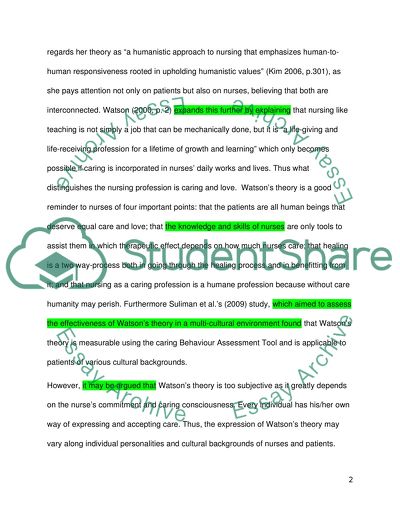Cite this document
(“Evaluating practice through theories and models Essay”, n.d.)
Retrieved from https://studentshare.org/nursing/1487811-evaluating-practice-through-theories-and-models
Retrieved from https://studentshare.org/nursing/1487811-evaluating-practice-through-theories-and-models
(Evaluating Practice through Theories and Models Essay)
https://studentshare.org/nursing/1487811-evaluating-practice-through-theories-and-models.
https://studentshare.org/nursing/1487811-evaluating-practice-through-theories-and-models.
“Evaluating Practice through Theories and Models Essay”, n.d. https://studentshare.org/nursing/1487811-evaluating-practice-through-theories-and-models.


